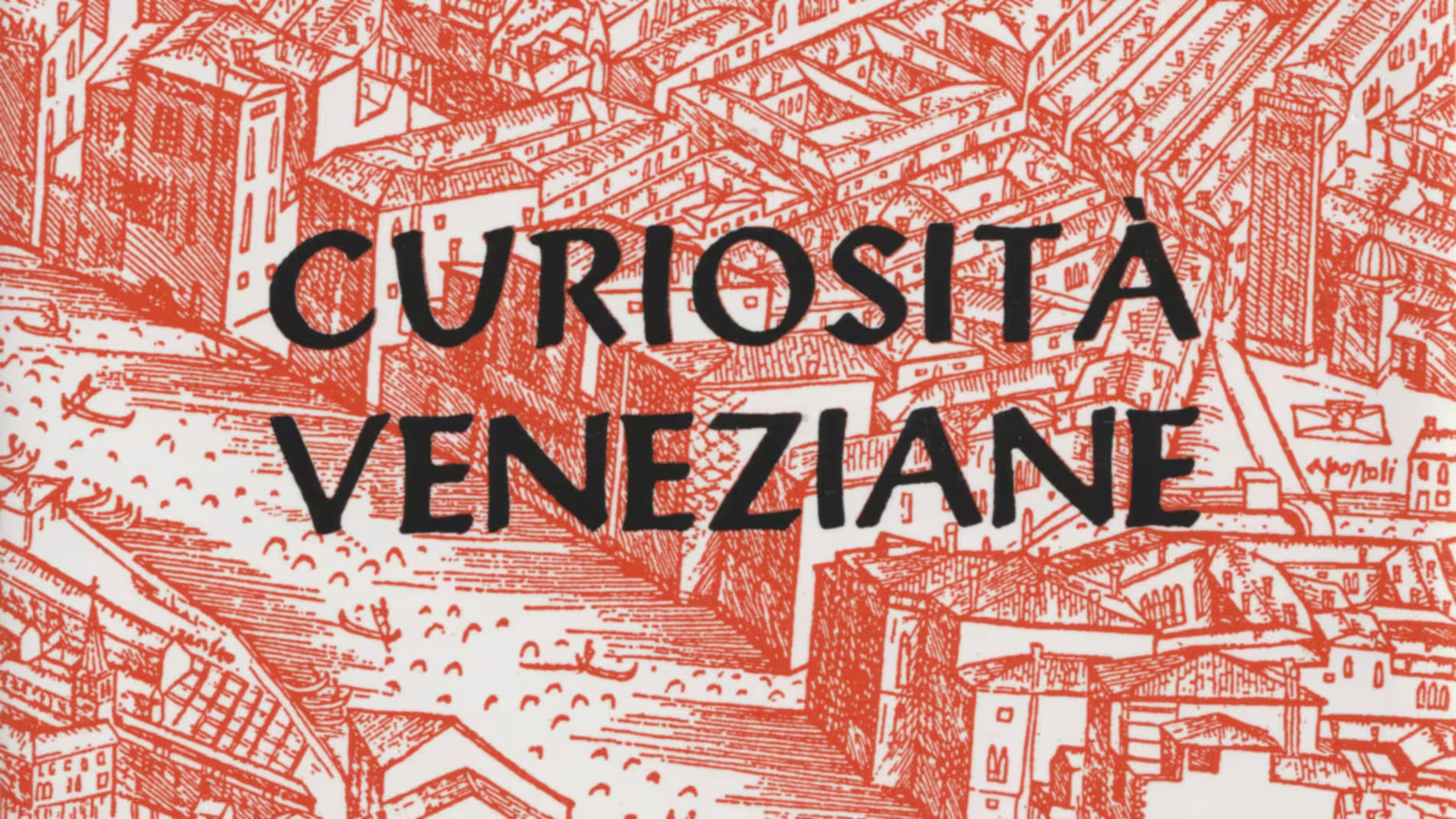Paglia (Ponte della)
Curiosità Veneziane by Giuseppe Tassini is the go-to book for information on Venetian toponyms, and a treasure trove of curious historical titbits. First published in 1863, it is still being reprinted regularly.
There is no English translation of the book, so I will translate selected entries on this site, whenever they’re used as sources for articles.
Paglia (Ponte della)1 on the Riva degli Schiavoni. It acquired its name not from the straw, which would have been used for the mussete, an ancient horse of the nobles, who rested here during the sessions of the M.C.,2 but from the boats loaded with straw that made their station here. There is a law from 1285 which reads: Palea non vendatur ad Pontem Paleae,3 and another from 1308 which refuses straw sellers to return to sell their goods on this site. Furthermore, Sabellicus, speaking of this Bridge, says: qui a venali palea, quae nunc ad Georgii phanum venditur, nomen habet.4 Finally, the chronicle of Savina, speaking of the Doge of Giovanni Delfino, elected in 1356, says: In this time the stone bridge was built at S. Marco which was earlier a wooden bridge, and it is called the pagia bridge because in that place the boats with straw arrived. This happened precisely, according to the book Novella, in 1360, and another chronicler, cited by Gallicciolli, tells us that this bridge was built from the start with colonnette,5 as can still be seen today. The annals of Malipiero mention the restoration of the Ponte della Paglia and the following shoreline with the words: On 20 March (1462) the works on the Ponte de la Paglia began, and they continue up to the ovens, and they stopped because the war against the Turks began.6
In ancient times near the Ponte della Paglia there were some taverns, one under the banner of the Serpe, the other under the banner of the Corona, and the third under the banner of the Stella.7 On the last day of April of 1372, a Sanuto hospes ad Serpem8 was imprisoned, fined, and deprived of his practice because, with the intention of appropriating them, he had hidden the belongings of a certain Antonio, who had died in his inn. A Turkish embassy was hosted here in 1483. It should be noted that, having ordered the removal of the prostitutes who worked there from these taverns, the Foscari and other noble owners complained loudly about the diversion of the customers, whereupon the ancient custom was restored.
Near the Ponte della Paglia the bodies of the drowned were usually displayed so that their recognition could occur. The bridge was enlarged in 1854 at the expense of the municipality.
According to legend, an old and poor fisherman was taking refuge under it, in his boat, while on 15 February 1340 a terrible storm raged. Then he saw a man who ordered him to take him to the nearby island of San Giorgio Maggiore, where he was joined by another man, wanting to be taken to San Nicolò del Lido. Having welcomed a third here, all three forced the terrified fisherman to leave the port, and when they were out at sea, a ship full of infernal spirits appeared in the midst of the waves. At that sight the bold passengers revealed themselves as St Mark, St George, and S. Nicholas, and ordered the demons to desist from unleashing such a fierce storm that threatened to submerge the whole of Venice. Mocking this command, they were struck by lightning, and in an instant they disappeared with the vessel. The sea calmed, and the saints returned with the boatman, to whom St. Mark gave a ring as he said goodbye so that he could deliver it to the Doge in front of the Council the following morning. Imagine the universal amazement at the discovery that the ring was the one usually kept locked up in the Treasury of St. Mark, which an invisible hand had removed from its place.
This fairy tale, told by all the chroniclers, inspired the genius of Paris Bordone, who shared it into a famous painting for the School of St Mark, today preserved in our Academy of Fine Arts.9
Also to the SS. Ermagora and Fortunato10 there are a Calle and a Ramo, which take their name from the straw that was deposited or sold there.
Related articles
Translator’s notes
- The Ponte di Paglia literally means the Straw Bridge. Straw for feed animals, for spreading on the floor and for sleeping on. ↩︎
- The Maggior Consiglio — the highest authority of the Venetian state. ↩︎
- “Straw is not to be sold at the Straw Bridge” — clearly the authorities wanted this business moved elsewhere, given the prominence of the location. Probably the trade in straw had taken place there from a much earlier time, before the area became monumental and prestigious. ↩︎
- The Italian version of Sabellicus from 1544 has quello che dalla paia vien detto la quale oggi alla chiesa di s. Giorgio si vede, which doesn’t seem to mean the same thing. ↩︎
- Colonnette, small columns, refer to the bande, the side rails of the bridge, which were unusual at the time. Most bridges in Venice had no raised sides. ↩︎
- The Fourth Ottoman–Venetian War (1570–1573). ↩︎
- The symbols of the inns were a serpent, a crown and a start. ↩︎
- “Inn-keeper at the Serpent.” ↩︎
- Now the Galleria dell’Accademia. ↩︎
- Usually called San Marcuola. ↩︎


Leave a Reply